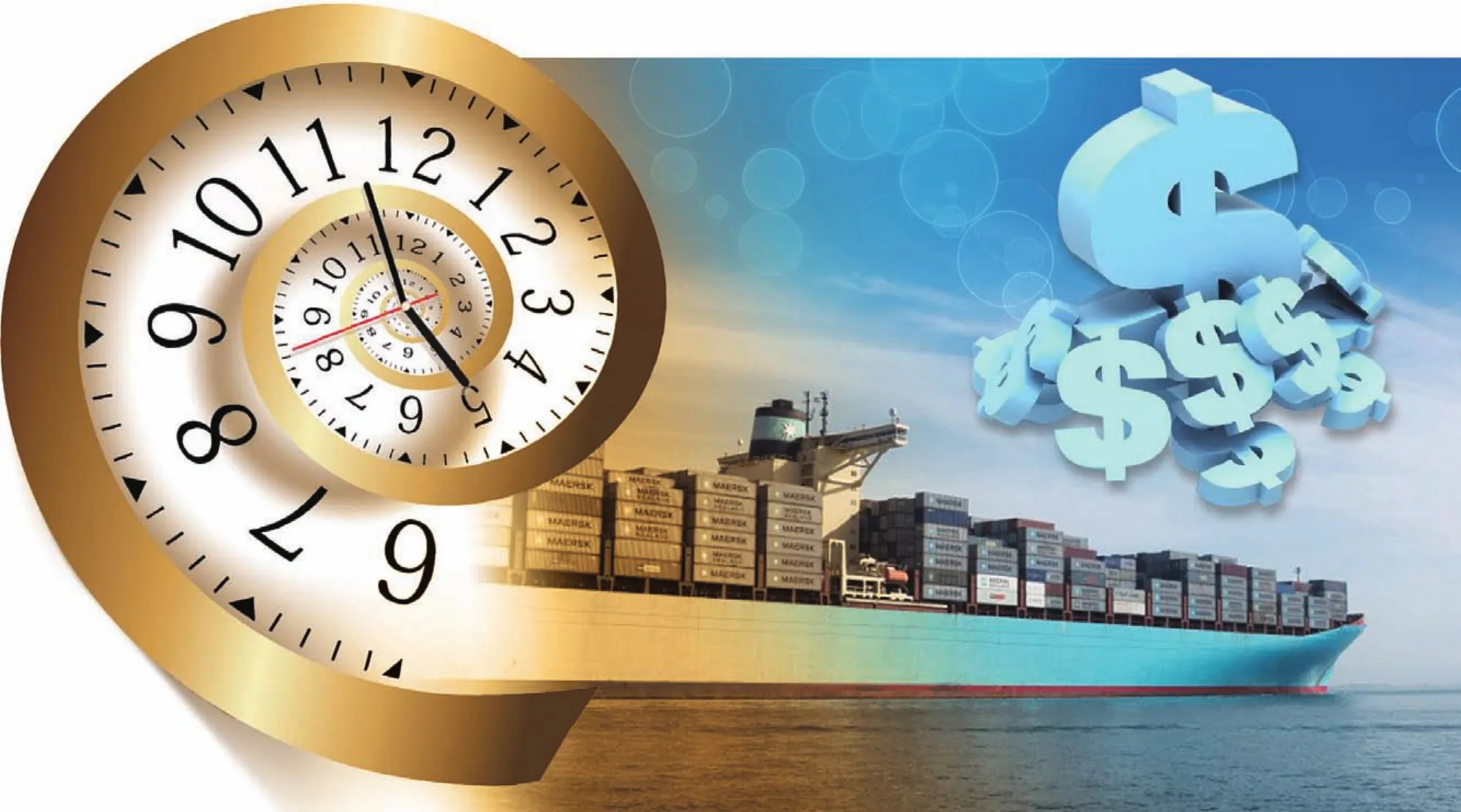How the Shipping Industry Respond to Countdown of Ballast Water Convention Taking Effect

The Ballast Water Convention has entered into countdown period of taking effect, has the shipping industry been well prepared?According to the forecast issued by related analyzing organizations, the Ballast Water Convention will bring BWMS manufacturers nearly $80 billion market share in total after taking into effect. As a lightweight product like BWMS for ship equipment market, the number is amazing. Faced with this“big cake”, BWMS manufacturers are the biggest beneficiaries. According to our reporter, one manufacturer of BWMS has been engaging in research, development, and improvement of BWMS since 2008. It truly can be described as“spend 10 years to polish the sword”.
However, the entry into force of the Ballast WaterConvention may not be good news for many ship owners who are experiencing“cold winter”. One ship owner has said that he would put off the installation of BWMS as long as possible. This owner believes that with the current low freight, the monthly net profit after the monthly allocation of cost is already very low, and the total cost of installing a set of BWMS commensurate with the ship would be $200 thousand,which is equivalent to 8 months’ income. Obviously,it is tantamount to chronic suicide for some small ship owners to spend a lot of money to install a set of BWMS under the current uncertain market outlook.
The most important thing for ship owners is to understand the policy, get familiar with the equipment,and make active response. CCS experts said that the choice of BWMS involves many aspects and is a comprehensive project. It will be subject to the limitation of many factors including ship characteristics, processing technology, system capacity and others. CCS experts suggest that ship owners should focus on these aspects i.e. characteristics of the ship, BWMS features, layout and maintenance when choosing BWMS.
In most cases, ship type will be the deciding factor for selecting the appropriate BWMS. Ballast capacity and ballast pumping capacity are very different for different ship types;some ship types are highly dependent on ballast water, such as oil tankers and bulk carriers;some are not so dependent on ship ballast water, such as container ship. Ships which are highly dependent on load is usually required to sail in full ballast when sailing with on cargo. Ships with low dependence on load usually has a relatively small ballast capacity and do not navigate with full load. Some ships may have two or more ballast systems, such as some oil tankers often have two sets of ballast systems, one in the cargo region(danger zone), and the other in the cabin area(safety zone);some ships also use injectors(eductors)to discharge residual ballast water. When choosing BWMS used in danger zone, the level of danger, usually fire and explosion prevention should be considered.
The shipping route is also one of the factors when choosing BWMS. According to CCS experts, at present,some countries or regions have taken unilateral actions which are different from IMO standard for ballast water management(such as the United States). For ships which will go to ports with unilateral requirements, compliance with related requirements should be considered. But for some ships, judging from the economy point of view, it would be a good method by using ballast water management to avoid discharge or using shore reception facilities.
In addition, the effect of water turbidity, salinity and sediment concentration on handling technology or maintenance should be also considered. If the berth the ship frequently berths has high sediment content, the effect of turbidity and sediment should be considered when choosing BWMS. If ships often call at inland ports or low-salinity ports, the effect of salinity should be considered.

